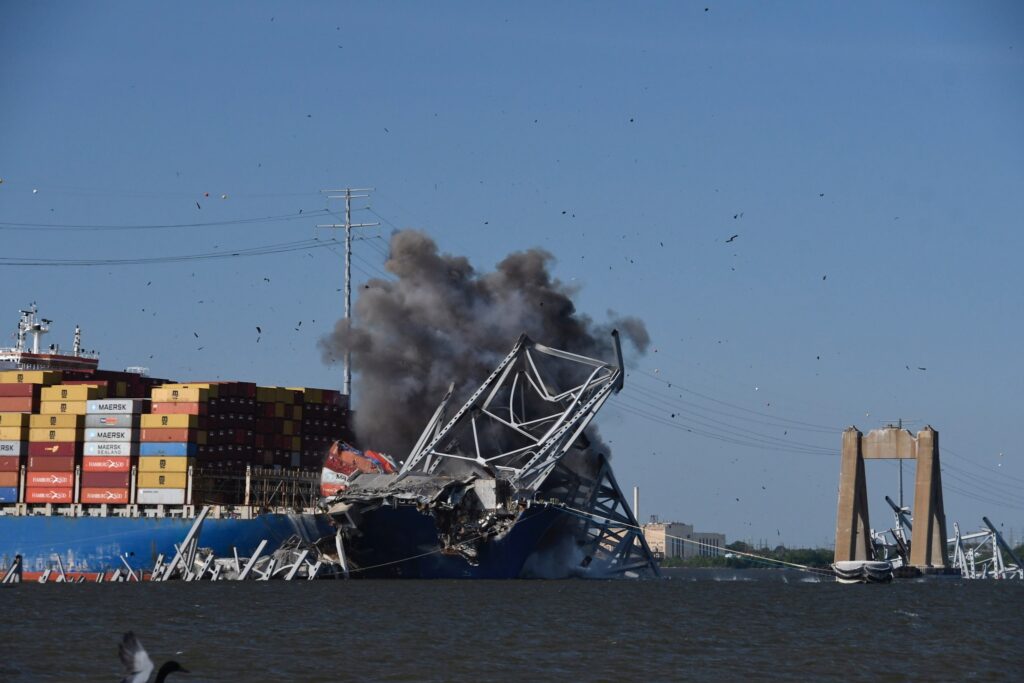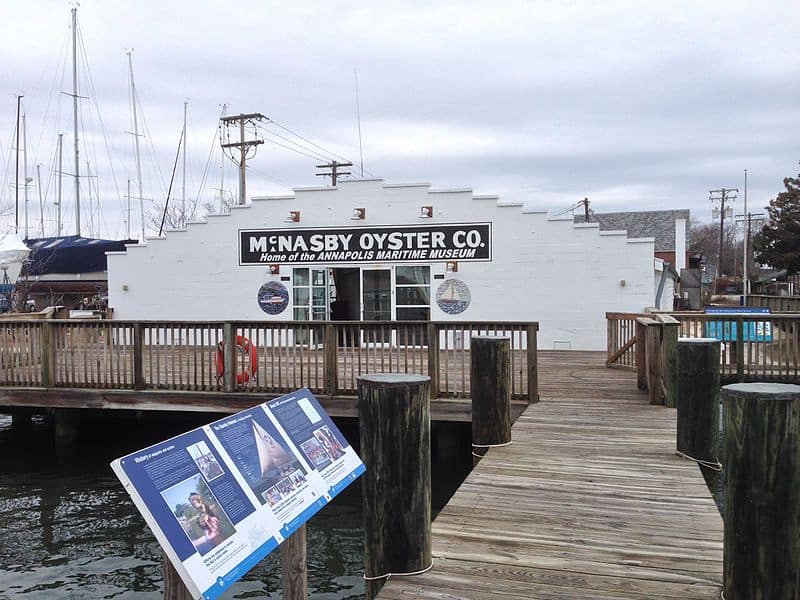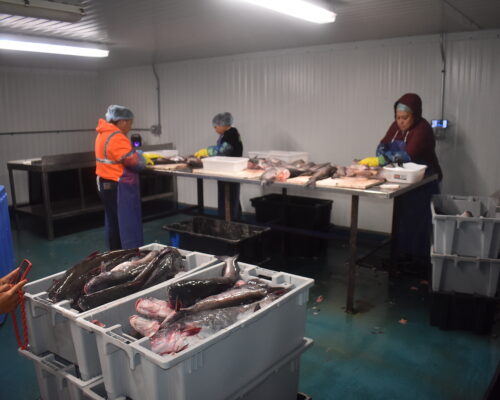Seven weeks after the container ship Dali struck the Key Bridge and brought it crashing down within seconds, federal investigators have released their preliminary report into what went so terribly wrong.
The 24-page report released by the National Transportation Safety Board (NTSB) details exactly how the Singapore-bound ship’s engine and power systems work and what happened when they failed to work—twice within a few boat lengths of the Key Bridge. The report reveals who was at the controls as the events unfolded and whether they were any signs of power problems in the days leading up to the disaster (investigators say there were).
The details people have wondered about since the crash took place are being revealed just as the ship is about to be, finally, removed from the Port of Baltimore channel.
On Monday evening, crews used explosives to break apart the massive steel/ bridge section that was resting on the bow of M/V Dali. Chesapeake Bay Magazine journalist Jennifer Gladstone shows us how engineers planned the big “BOOM!” that targeted the bridge section without destroying the Dali:
Removing the bridge section laying atop the Dali‘s bow was a key step towards refloating the ship itself and removing it from the Port of Baltimore’s shipping channel. The goal of the Key Bridge Response Unified Command is to fully reopen the port by the end of May, which is fast approaching.
Meanwhile investigators continue to dig deeper into the set of circumstances that caused the ship to crash into the bridge and most of the bridge to collapse. While they’re careful to say this is a preliminary report, subject to change, the NTSB reveals that in the 90 minutes or so before the disaster:
- A senior Bay pilot was at the controls of the ship along with an apprentice. During the times the apprentice was steering, the experienced pilot remained on watch. Neither was under the influence of drugs or alcohol.
- The captain reported the ship to be “in good working order” upon leaving the Port of Baltimore just after midnight.
- Two tugboats guided the 947-foot Dali from port into the channel, where the pilot let them go per usual practice.
- The ship was only three lengths away from the Key Bridge, traveling at 9 knots, when the electrical breakers that fed most of the vessel’s equipment and lighting unexpectedly tripped, causing a blackout. The loss of electricity shut down the main engine, caused the propeller to stop and stopped all three steering pumps, making the rudder unable to be moved.
- The emergency generator kicked in, powering some emergency functions and allowing for slow-speed rudder steering. The propeller, however, was not turning. The pilot had ordered a course change of 20 degrees to port.
- The pilots called the tugboats back, but the closest was three miles away. The Eric McAllister immediately headed toward the ship. It would not reach the Dali before it struck the bridge.
- The senior pilot ordered an anchor to be dropped and the crew began the process. The pilots’ dispatcher on land reported to Maryland Transportation Authority Police that the ship had lost power.
- Now just 0.2 miles from the Key Bridge, breakers tripped again, causing a second electrical blackout. The pilot ordered the ship to be turned hard to port. The main engine was still shut down and there was no propulsion to help with steering.
- Less than two minutes later, the ship struck the Key Bridge, bringing down six spans of the bridge into the water and onto the Dali‘s bow.
The NTSB report also zeroes in on the container ship’s time in port from March 23-25. On the 25th, about 10 hours before it left port, the Dali experienced a blackout when a crew member mistakenly closed an inline engine exhaust damper while working on the diesel engine exhaust scrubber system.
Closing the damper blocked exhaust gases, causing the engine to stall. An emergency generator briefly kicked in, but had insufficient fuel pressure to continue running, causing a second blackout. The generators’ breakers tripped both times. The NTSB says the crew adjusted the electrical configuration before departing Baltimore.
The NTSB is still investigating the potential impact of the electrical configuration on the events leading up to the Key Bridge collapse.




